When I was a child, my bedroom lead off a small study in our rather strangely designed house. That study was like a staging post between two long passages. One passage lead to the rest of the bedrooms, and the other to the lounge , dining room and kitchen.
In that study was a great big desk, at which my mother sat, with her “Facit” adding machine and did the farm accounts.
She wound the handle vigorously, ran the lever across with gusto, and punched in numbers until the machine obliged with a delightful little ping, and she could write in the ledger. If Dad came in from the farm for a break, we drank tea in that room, and sat about on the few easy chairs that were there. And from those chairs, my child’s eyes roamed across the book ends of a thousand boring books on the shelf that covered one whole wall.
That desk is in my home now, and it is tiny. The Facet, if it isn’t already there, belongs in a museum, and I don’t know what became of the bookshelf, but I will assume that it, like the desk, has shrunk.
One book from that shelf is still with me.
It is the 1926 Hardy anglers’ guide.
Unfortunately it is in an appalling state, and probably worth very little to anyone but me. To me it has immense sentimental value. Its appalling state is probably due to the fact that I carried that book everywhere as a young teenager, and devoured its contents. Despite its age, even all those years ago, it somehow was adequate a catalyst to get me fly fishing. Strange as that may sound, it was largely that old book, picked up in a state of boredom on some forgotten lazy afternoon, that was one of the things that sparked my interest in fly-fishing.
Its pages were filled with black and white pictures of heavy pewter-like reels of solid build, and split cane rods of various models, the descriptions and pictures of which did little to explain why there should be different models at all. Many items were endorsed by, or named after some fellow by the name of Halford.
In the front of the catalogue were informative articles on fly fishing. The book is from a forgotten age in which a catalogue was your “Google”, and the purveyor of tackle held a role more noble than that signaled by the ring of his cash register alone.
It could perhaps be said that my early exposure to something so dated as that little book, went a long way in cultivating an appreciation for the history and lore of fly fishing. The fact that the fragile book needed considerable TLC just to keep it from falling apart, perhaps contributed to my propensity to conserve the older things. And the fact that my grandfather’s Wheatley flyboxes, creel and rod hanging in the passage nearby, bore a resemblance to the tackle on those pages , served to strengthen my generational belonging within the realm of fly-fishing.
Since the late seventies, my eyes have been opened to books, magazines and slideshows, and fishing lessons that I could never have imagined. As I sat there in that big green wing backed chair, with my feet not reaching the floor, and turned those precarious pages, with the background noise of the “Facit” clanging away, I was not to know the enormity of the passion that was sparked in me that day.
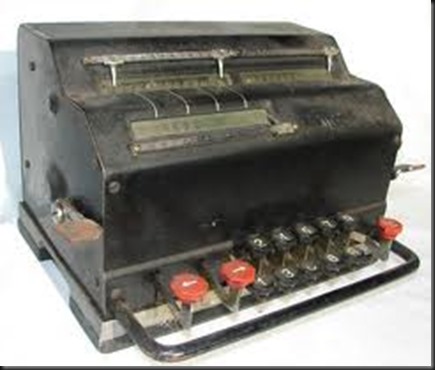
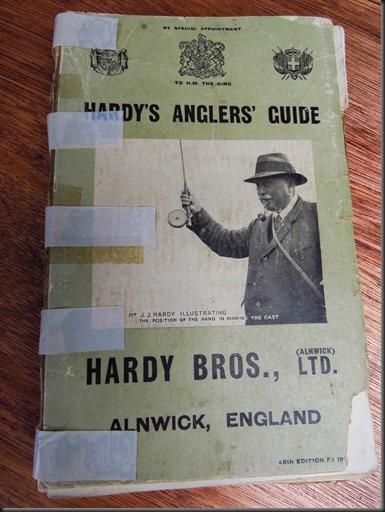
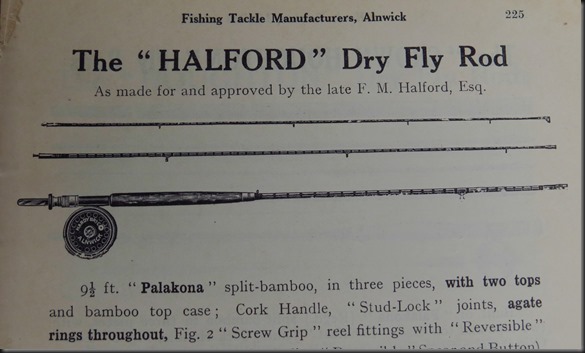
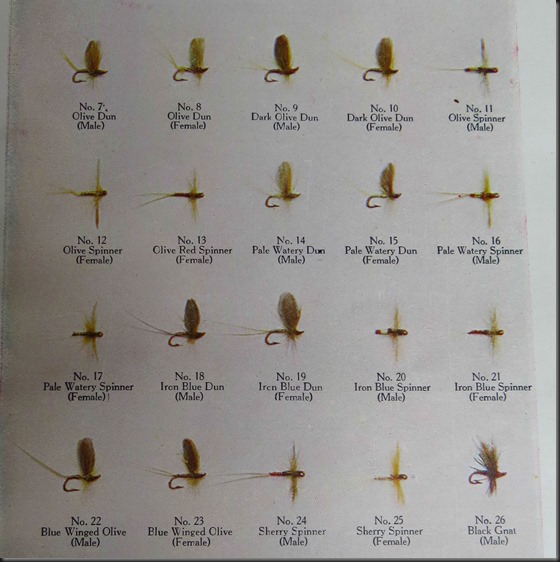
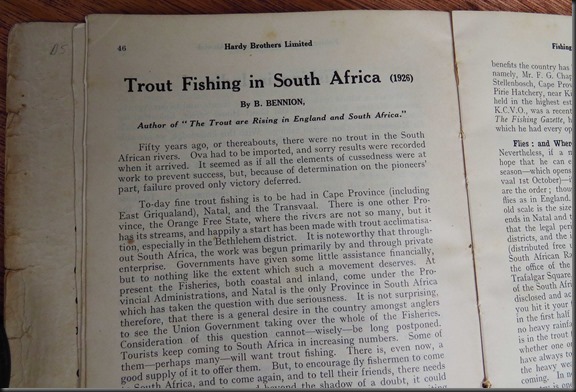
3 Responses
Wonerful. I can’t think of a better way to have gotten a solid start in fly-fishing.
Hi Andrew! Thanks so much for this post. You hit a real soft spot for me. I collect old Wright & Mcgill catalogs and glass fly rods since they are located here in Denver. I spend hours browsing the catalogs and developed a fascination with fly fishing lore and history. Thanks again for a great history lesson.
A pleasure Howard, and thanks for stopping by. A fly tackle catalogue is so much more than a list of products isn’t it! I would love to see some samples of those Wright & Mcgill ones. Something to blog about perhaps.